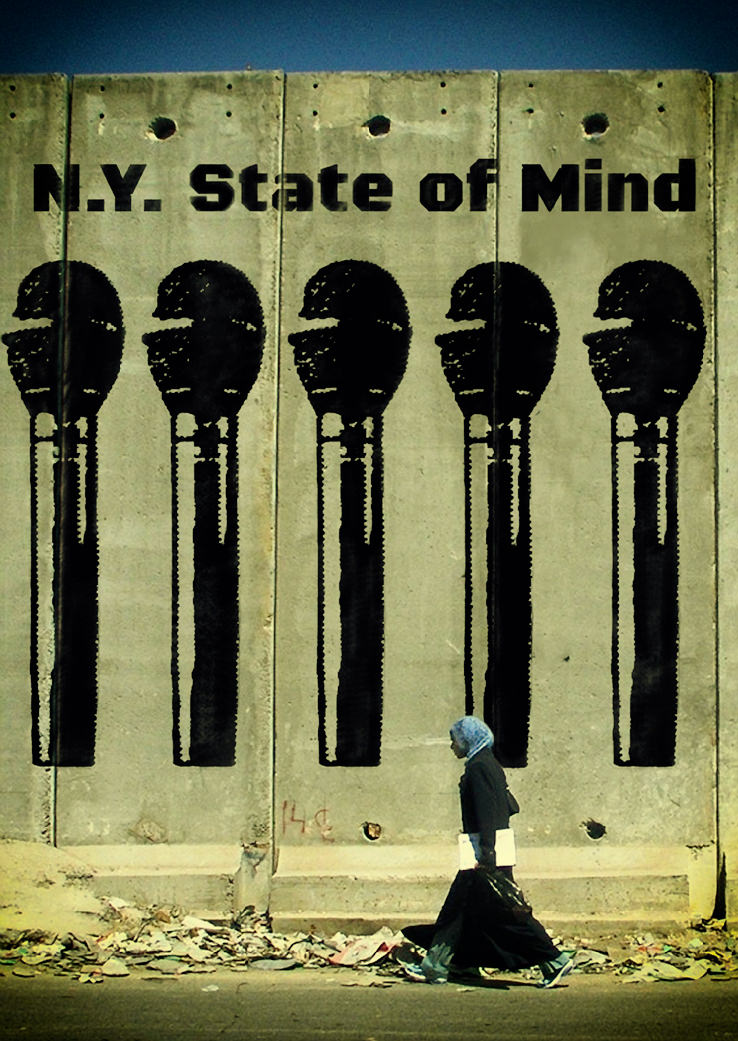A Rebel to America: N.Y. State of Mind After the Towers Fell
Excerpt from Chapter Two of Born to Use Mics
Like Gil Scott-Heron’s poignant song letter to the Big Apple entitled “New York City” where he laments “I don’t know why I love you, could be you remind me of myself,” America has had a similarly conflicted yet sympathetic relationship with the city, where New York is seen as both the blessing and the curse, the American Eden and the forbidden fruit. In America, New York is the shining city on the hill and the apocalyptic inferno. It’s loved as the epitome of the cosmopolitan body politic but loathed for us dark hordes that flow through its veins. It’s hailed as the paragon of elite high culture and feared for the graffiti tagged walls that write back in wild styles. New York is the gilded age and the iron cage, the world trade center and the planes.
Just as in Scott-Heron’s song where the narrator and the city are connected not despite but because they share contradictions and corruptions, frailty and beauty, tragedy and triumph, America and New York City share a similar affinity and fate. Whether it’s culturally, through the rhetoric of diversity and pluralism, with Ellis Island and Lady Liberty as seductress, or economically, as the center of high finance with the market bulls on Wall Street, or politically, with 9/11, where New York stands as “Ground Zero” and the genesis and symbol for the “new” America in the “War On Terror,” New York is clearly “America’s city,” embodying so much of what the country is, wants to be and even fears. And because of American global power, America’s city becomes the “city of the world,” a moniker New York has proudly repped.
Less a celebration of it though, Nas’s “N.Y. State of Mind” sounds more like a eulogy for the Big Apple, with 9/11 being the headstone that reads “We are all New York.” But lets not get it twisted, because when those towers fell and the world collectively read the epitaph, it missed the fact that New York has always been the world, and the world New York – that urban quagmire of fiber optic violence that Nas poetically reveals in “N.Y. State of Mind.” No doubt New York has been the city of the world, and after 9/11 it still is, but only now more ominously and with more foreboding. Because as America continues to make the world in its own image, with its footprint expanding and entrenching itself globally, its imprint is everywhere: entertainment as war, torture as porn, Bin-Laden’s mix-tapes hitting the streets worldwide. All over in this fantasia, throughout the shantytowns and outposts of empire, skull and bones fill mass graves as the killing fields have become theme parks, a brave new world built as a cross between Disneyland and the West Bank. In fact, in the last days lament that is “N.Y. State of Mind,” Nas suggests that New York might just be that – a state of mind – something that’s not geographically bound, that’s borderless, amorphous, asymmetrical, ephemeral, dangerous even, if in the wrong heads. In essence, the song is a dystopic allegory for American global power. Because it’s that New York state of mind that Nas refers to that is also an American state of mind – it’s what’s made America become the world, and the world become America. It’s a state of mind that is both domination and resistance, the prison house and the inmate rebellion. It’s the seat of imperial power and the guerilla war, the shock and awe and the Falluja response. It’s the white noise and the black remix, the huckster’s dollar and the hustler’s fifteen cents. Either way, that dynamic, that tension, makes that New York state of mind that Nas names a gangsters paradise, a rebel hell…

